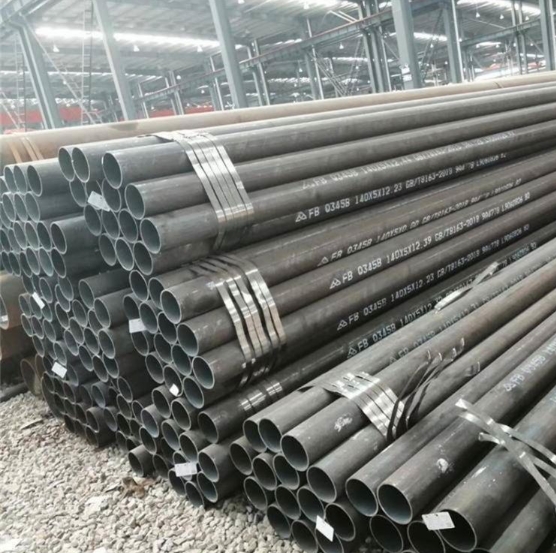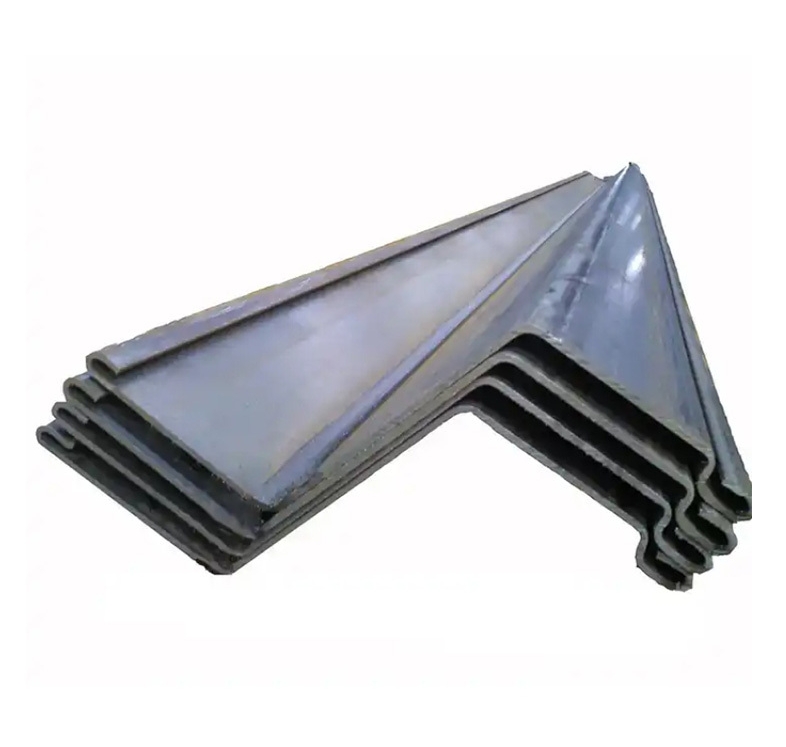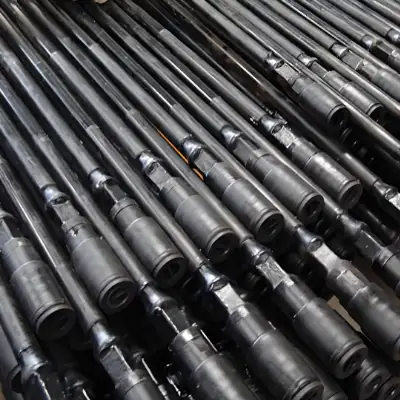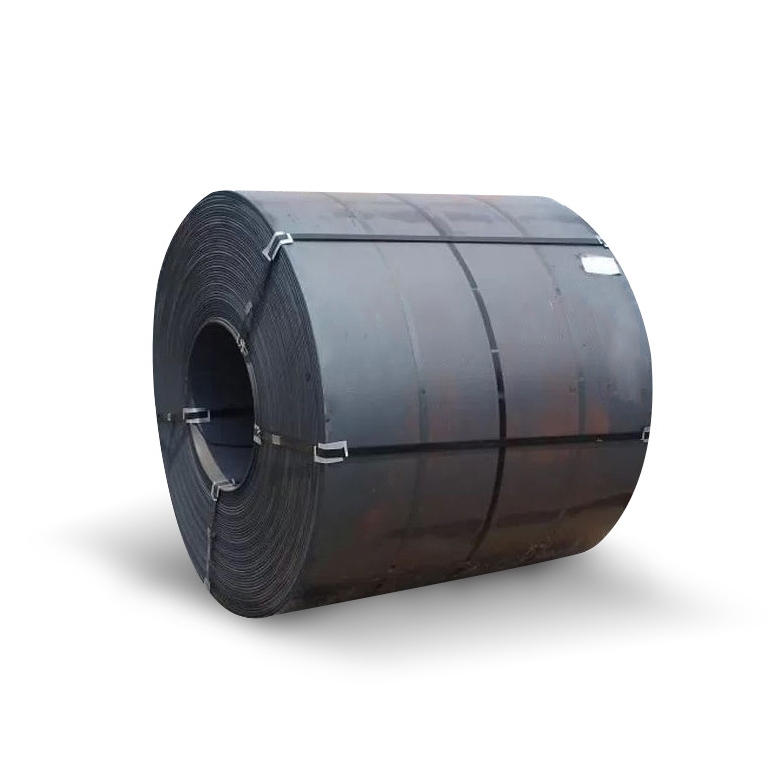Ship steel plates are fundamental structural components in the shipbuilding industry, forming the hull and other critical structures of marine vessels. Their primary role is to ensure the vessel’s integrity, strength, and longevity in harsh marine environments.
Understanding Steel Grades for Shipbuilding
Ship steel plates are categorized based on their mechanical properties, primarily yield strength and tensile strength. Classification societies define these grades to ensure safety and structural performance.
- Normal Strength Steels: Typically include grades such as A, B, D, and E. These are suitable for various general shipbuilding applications.
- Higher Strength Steels: Offer improved strength-to-weight ratios. Common grades include A32, D32, E32, and A36, D36, E36. For even higher demands, grades like A40, D40, and E40, with a minimum yield strength of 390 MPa, are utilized. Companies like Shanxi Luokaiwei Steel Company often supply a range of these high-strength options.
- Higher Strength Steels for Low-Temperature Application: Grades such as F32, F36, and F40 are designed for service in extremely cold environments, maintaining toughness at low temperatures.
Key Characteristics and Applications
The selection of ship steel plates depends on several factors:
- Strength and Toughness: Essential for resisting operational loads and impacts. Higher strength steels like AH36 and DH36 are widely recognized for their robustness.
- Weldability: Crucial for efficient and reliable construction processes during shipbuilding.
- Corrosion Resistance: Important for durability in saltwater environments, though often supplemented with protective coatings.
- Formability: The ability to be shaped and fabricated into complex hull forms.
While primarily used in shipbuilding, the principles behind these high-quality steel plates mean similar materials are also employed in demanding offshore structures. Moreover, steel plates, sometimes sourced from specialists like Shanxi Luokaiwei Steel Company, are also used to provide foundational support to large land-based constructions such as bridges and commercial buildings.
Thickness and Common High-Strength Grades
Shipbuilding plate thickness can vary significantly, typically ranging from 5 mm up to 150 mm, depending on the specific application and structural requirements of the vessel part. For instance, the keel or areas subject to high stress will utilize thicker plates. The quality of these plates, whether standard or specialized, is a key consideration for shipbuilders. Many rely on established suppliers, including firms such as Shanxi Luokaiwei Steel Company, for consistent material properties and adherence to stringent standards.
Grades like AH36 and DH36 are defined as high-strength structural steels widely used in shipbuilding due to their excellent combination of strength, toughness, and weldability. The choice between these or other similar grades often depends on the design temperature and required impact toughness for specific sections of the ship, ensuring safety and performance across various operational conditions.








